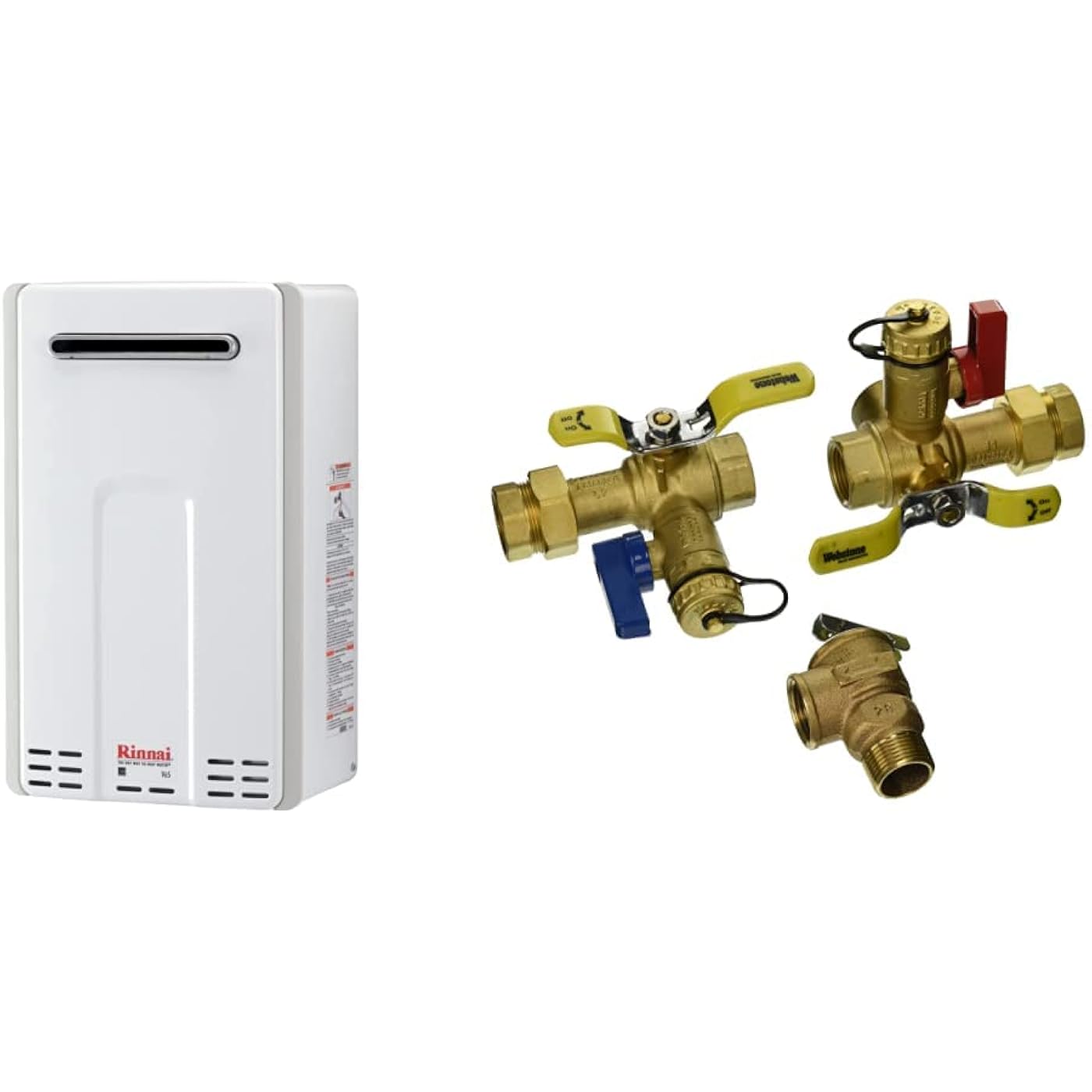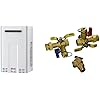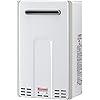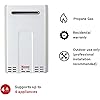Rinnai V65eP Non-Condensing Propane Tankless Water Heater, Outdoor Installation, Up to 6.5 GPM & 3/4 IPS LF EXP E2 With PRV Tankles






Notify me when this product is back in stock
Buy Now, Pay Later
- – Up to 36-month term if approved
- – No impact on credit
- – Instant approval decision
- – Secure and straightforward checkout
Payment plans are offered through our trusted finance partners Klarna, PayTomorrow, Affirm, Afterpay, Apple Pay, and PayPal. No-credit-needed leasing options through Acima may also be available at checkout.
Learn more about financing & leasing here.
Selected Option
This item is eligible for return within 30 days of receipt
To qualify for a full refund, items must be returned in their original, unused condition. If an item is returned in a used, damaged, or materially different state, you may be granted a partial refund.
To initiate a return, please visit our Returns Center.
View our full returns policy here.
Recently Viewed
Size: 6.5 GPM
Style: Propane, Outdoor Installation
Pattern Name: Heater + IPS LF EXP E2 With PRV Tankles
Brand: Rinnai
Maximum Operating Pressure: 150 Pound per Square Inch
Manufacturer: Rinnai
Manufacturer: Rinnai
Item Package Quantity: 1
Maximum Pressure: 150 Pound per Square Inch
Date First Available: November 8, 2022
Frequently asked questions
To initiate a return, please visit our Returns Center.
View our full returns policy here.
- Klarna Financing
- Affirm Pay in 4
- Affirm Financing
- Afterpay Financing
- PayTomorrow Financing
- Financing through Apple Pay
Learn more about financing & leasing here.
Top Amazon Reviews


























